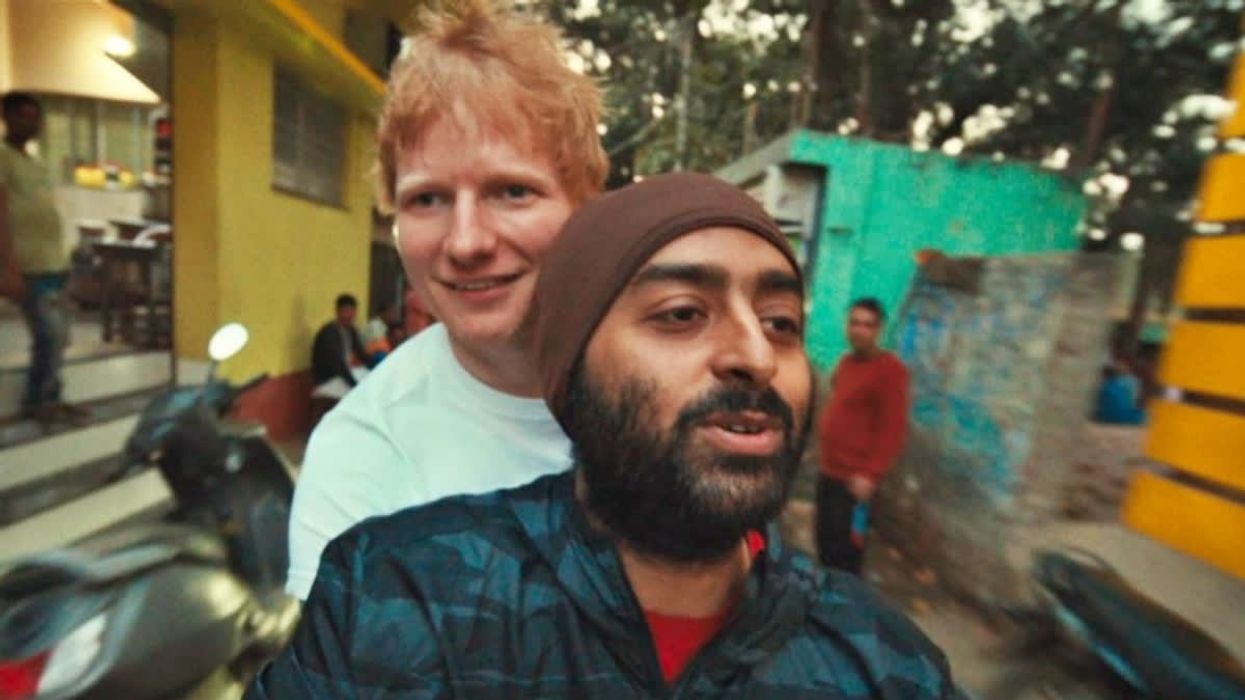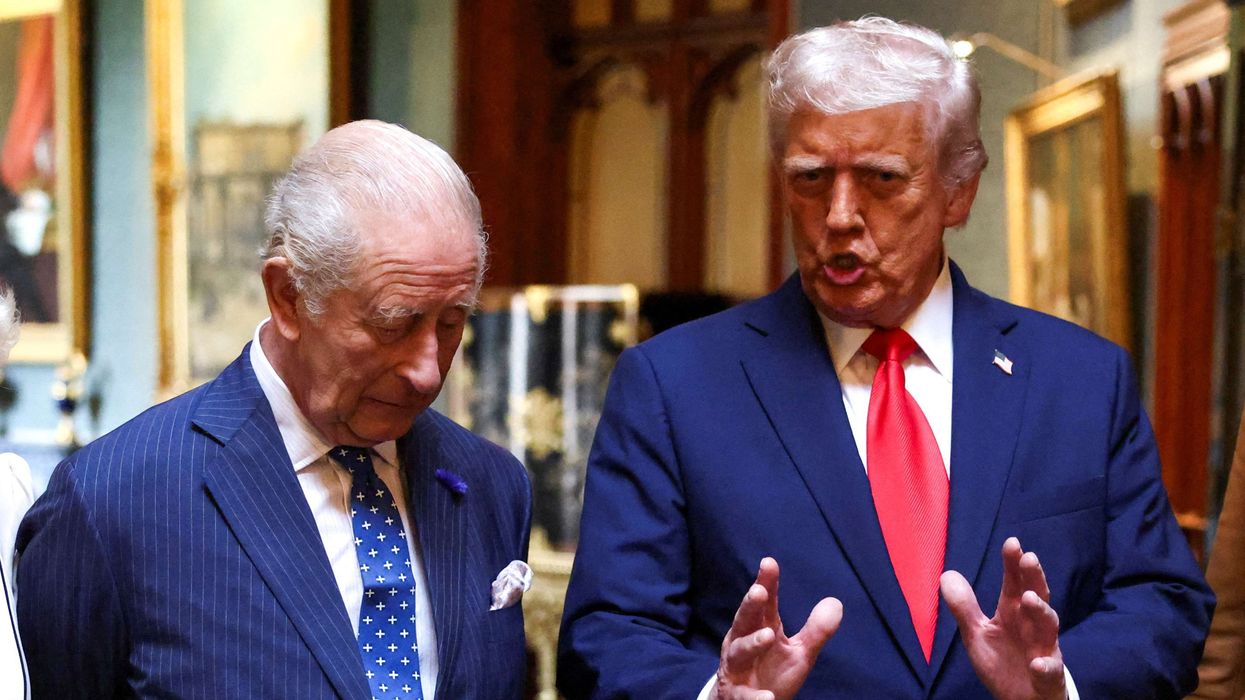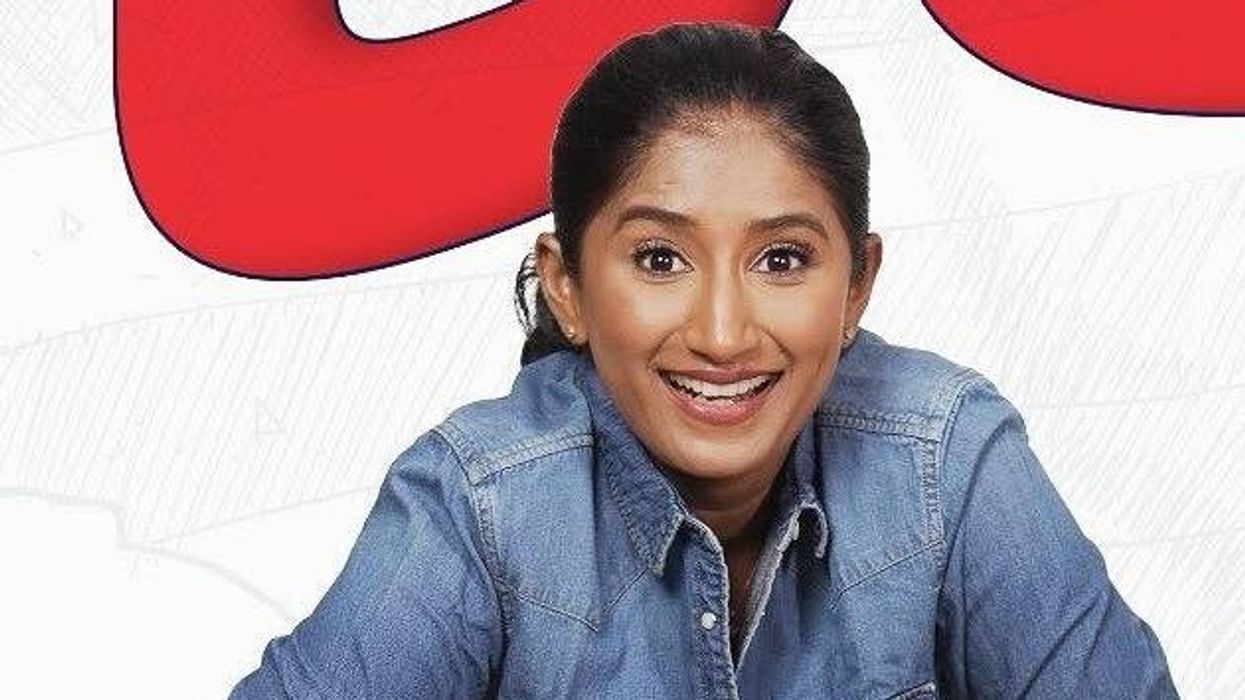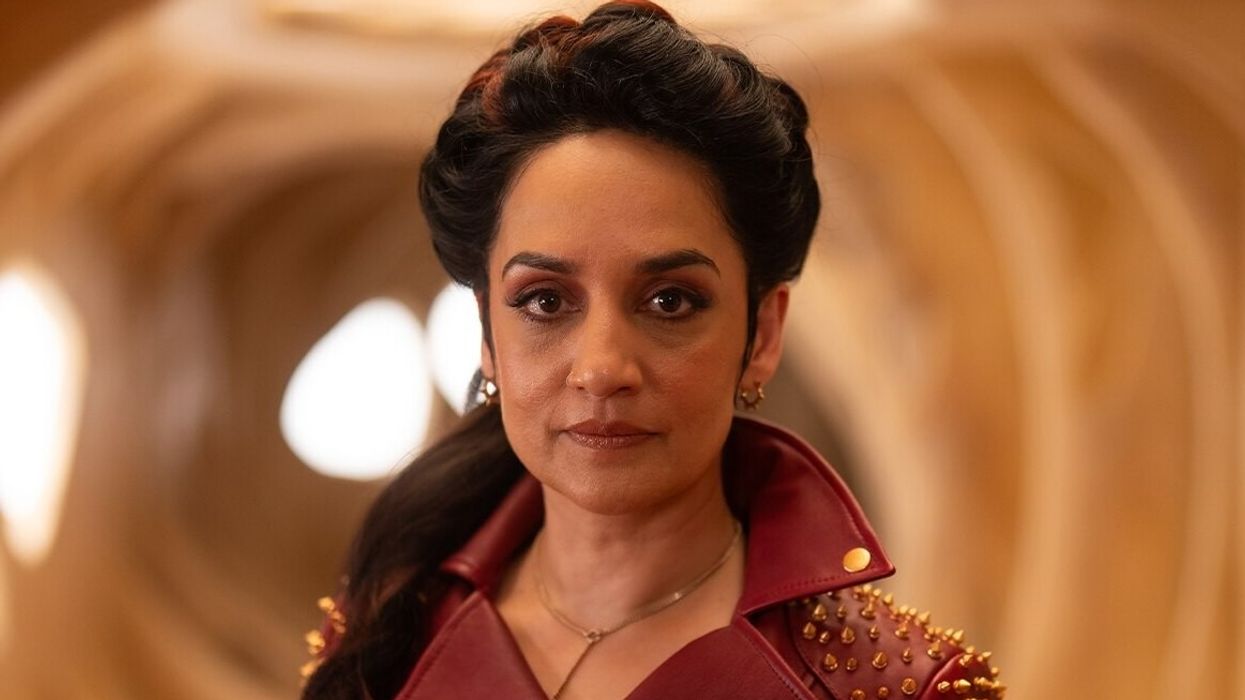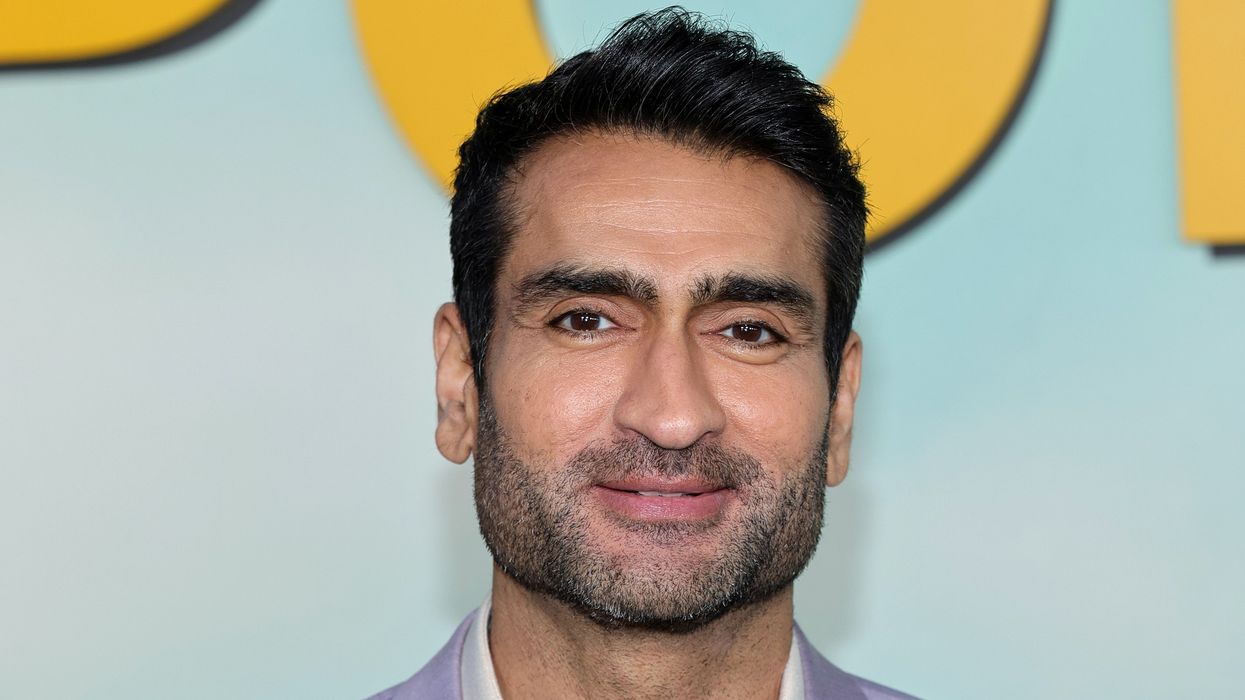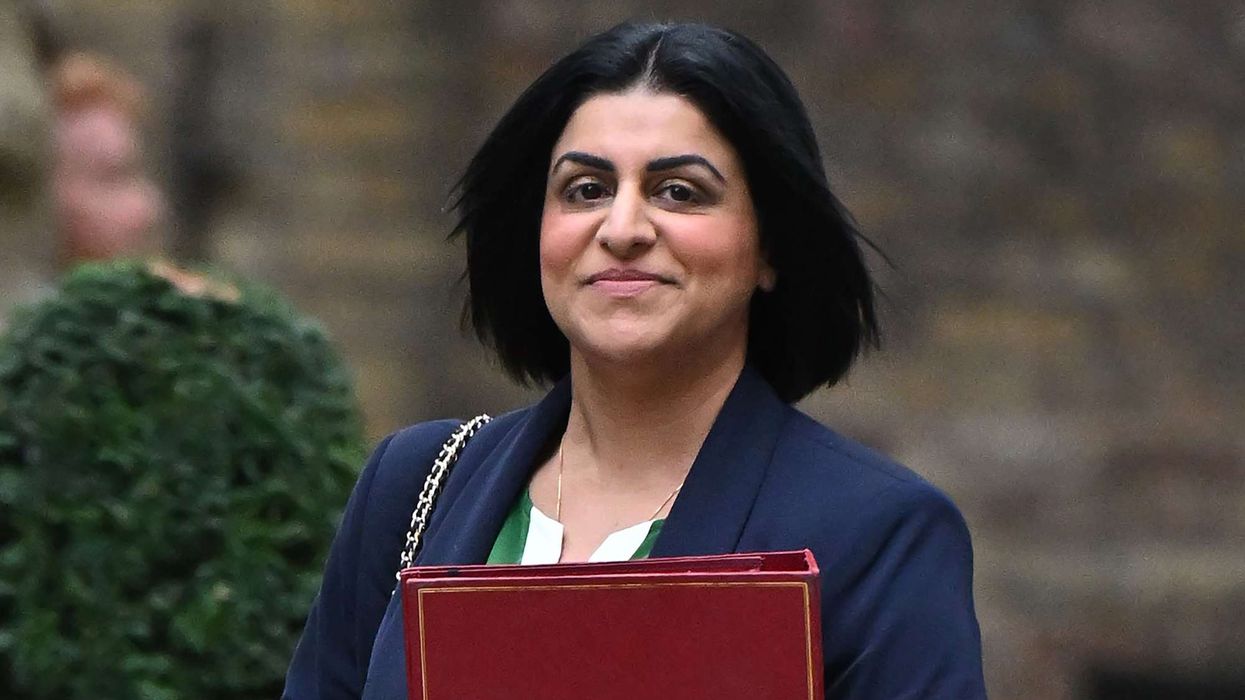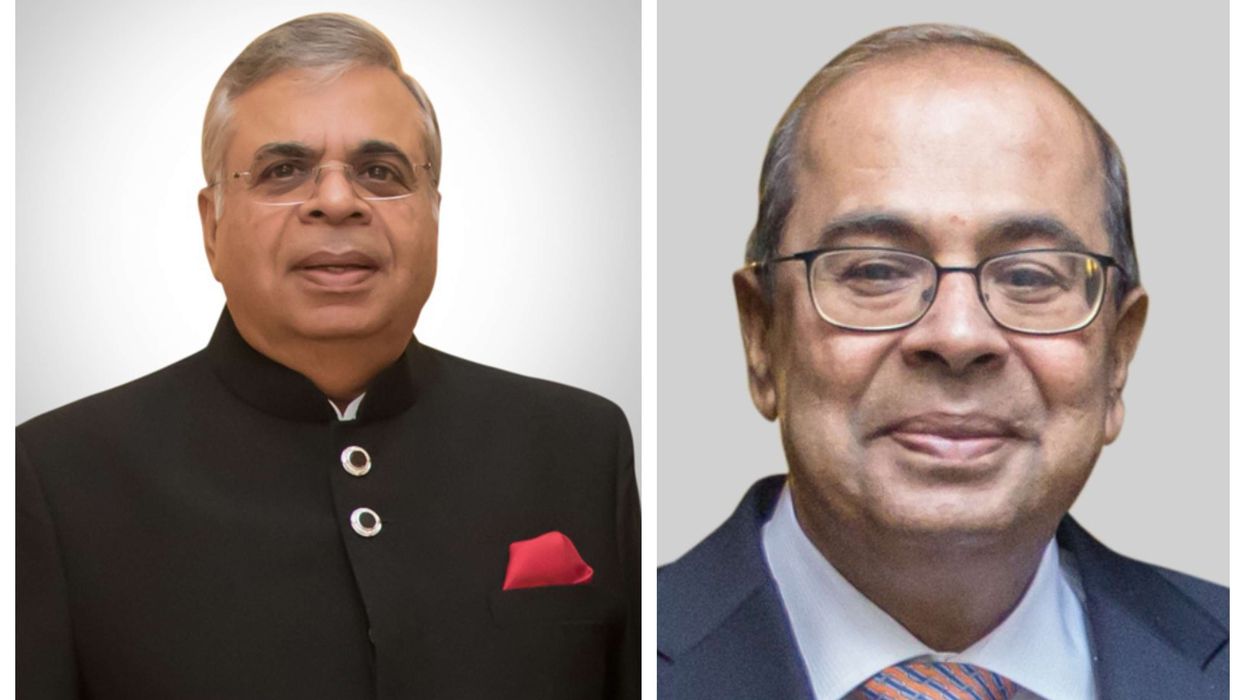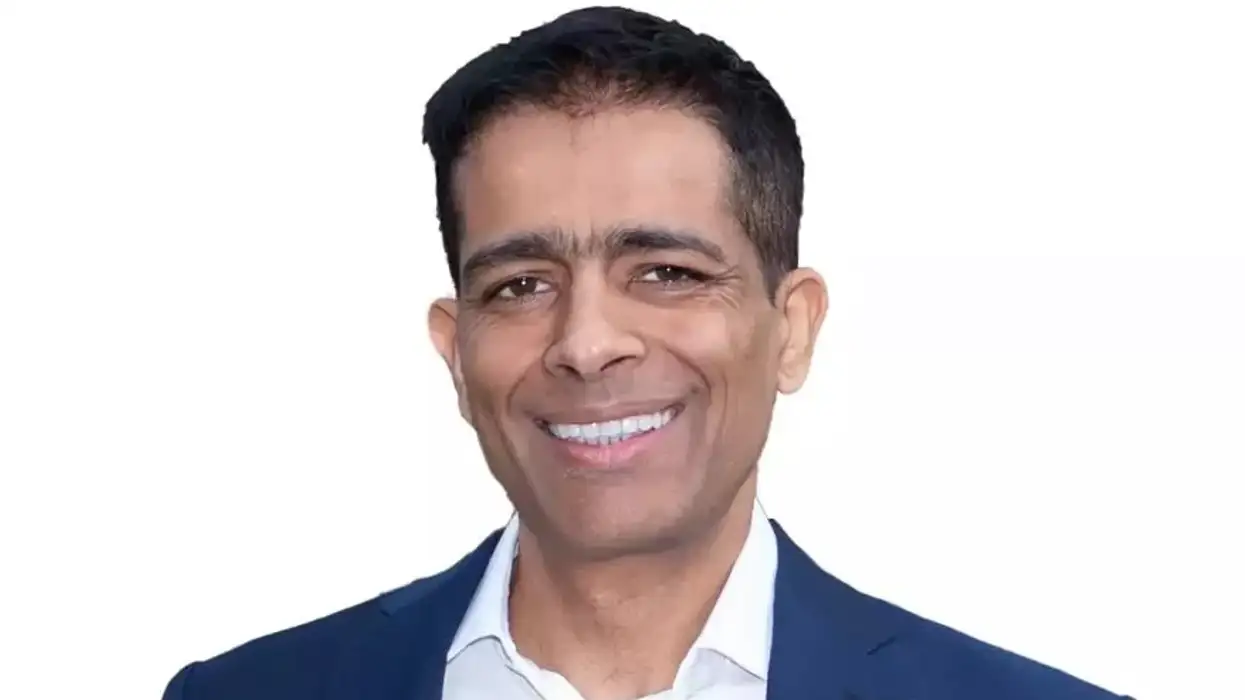Ed Sheeran and Arijit Singh’s ‘Sapphire’ collaboration misses the mark
The song everyone is talking about this month is Sapphire – Ed Sheeran’s collaboration with Arijit Singh. But instead of a true duet, Arijit takes more of a backing role to the British pop superstar, which is a shame, considering he is the most followed artist on Spotify. The Indian superstar deserved a stronger presence on the otherwise catchy track. On the positive side, Sapphire may inspire more international artists to incorporate Indian elements into their music. But going forward, any major Indian names involved in global collaborations should insist on equal billing, rather than letting western stars ride on their popularity. 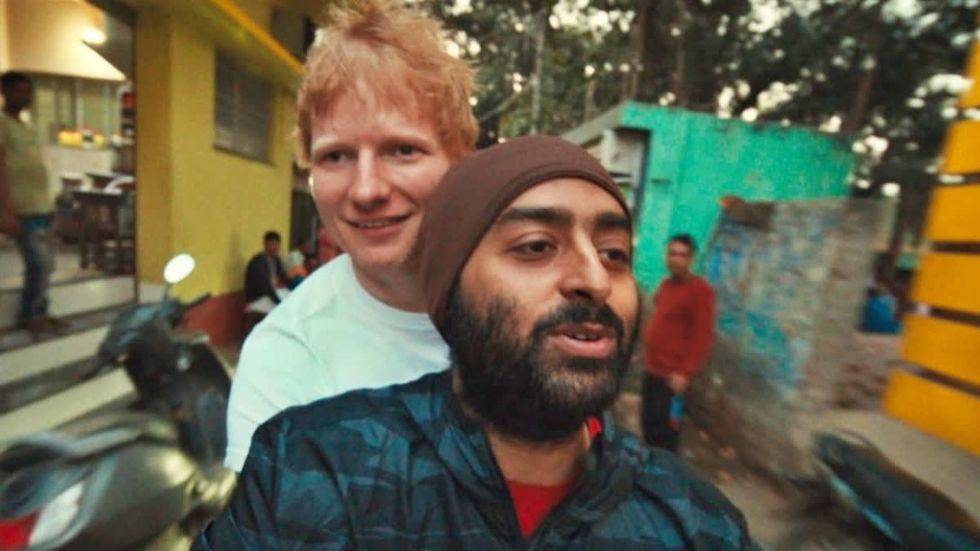
Aziz Ansari’s Hollywood comedy ‘Good Fortune’ could be a sleeper hit
Last year, I predicted that the Hollywood film Good Fortune would be one of this year’s big sleeper hits. The positive early response to its recently released trailer confirms that writer, director, producer and lead star Aziz Ansari is onto a winner. The body-swap comedy features Keanu Reeves as a bumbling guardian angel who lands in trouble after interfering in the lives of a ruthless venture capitalist (Seth Rogen) and an overworked, underpaid employee (Ansari). Due for release on 17 October, the film is expected to be a major hit – and could well establish stand-up star Ansari as a serious Hollywood power player.

Punjabi cinema’s power-packed star cast returns in ‘Sarbala Ji’
Gippy Grewal, Ammy Virk, Sargun Mehta and Nimrat Khaira starring together in a film is reason enough to get excited about Sarbala Ji. These four hugely popular stars – all of whom have delivered some of the finest Punjabi films in recent years – have teamed up for a comedy packed with drama, emotion and entertainment. The trailer for the film, which is set for release on 18 July, has received an expectedly positive response and is likely to ensure a strong box office opening. The success of Saunkan Saunkanay 2, which featured Mehta, Virk and Khaira in leading roles, has only added more momentum to Sarbala Ji.
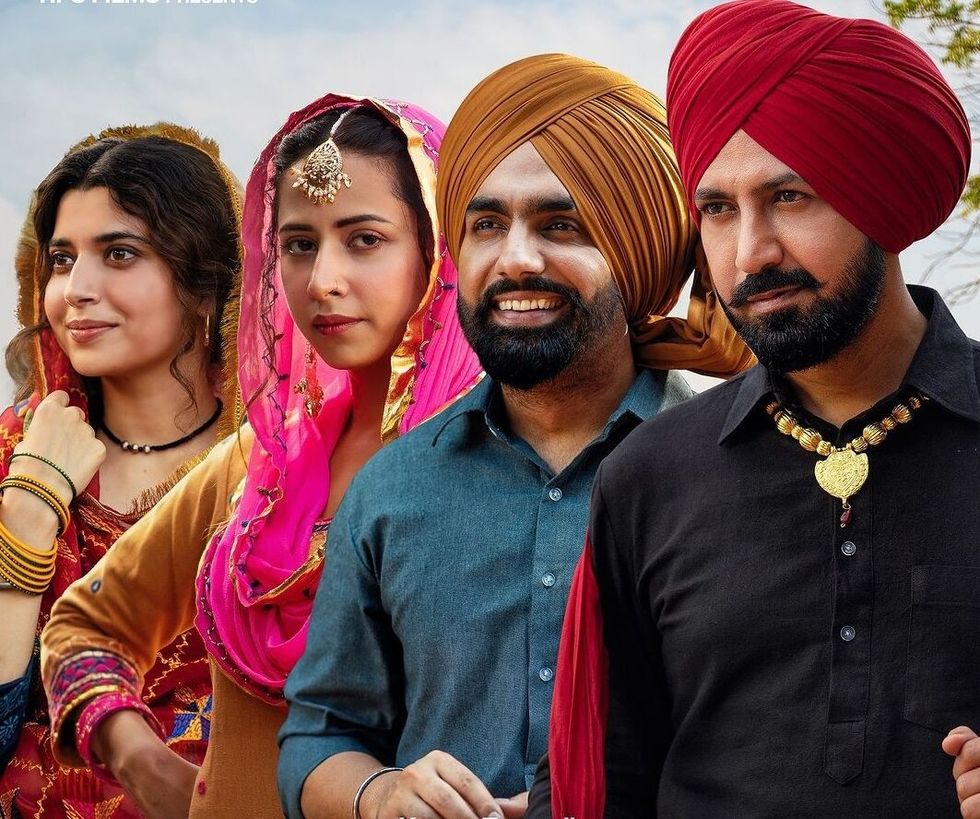
Pakistani stars deserve better than ‘tacky’ London events
One thing that rarely gets discussed is how Pakistani stars visiting London often end up at the tackiest venues for events and film promotions. Earlier this year, Hania Aamir – like many of her contemporaries – headlined an event at a banqueting hall that looked more like a disorganised wedding than a celebrity showcase. More recently, Mahira Khan and Humayun Saeed, in the capital to promote their film Love Guru, somehow found themselves in a horse-drawn carriage en route to a restaurant. Several Pakistani celebrities have also been on the receiving end of dubious awards from unverified individuals and organisations. Taken together, this suggests they may not fully realise their worth – and are being guided by all the wrong people.

‘Housefull 5’ proves Bollywood is trolling its own audience
The recently released Housefull 5 is a prime example of how some Bollywood producers appear to be trolling their own audiences. Instead of raising the bar after years of subpar Hindi cinema, this brainless comedy leans on a cast of has-been stars and is so shoddily made that it feels like the filmmakers no longer care about delivering quality. Far from making audiences laugh, the self-indulgent nonsense came across as mockery – as if the film were laughing at anyone foolish enough to spend money on a ticket.
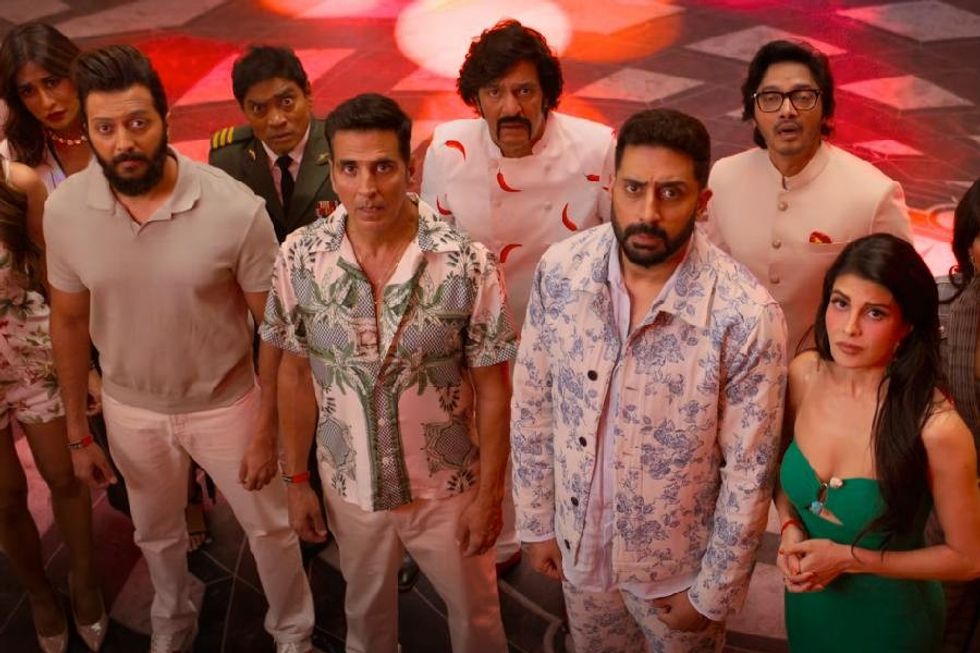
Brilliant indie film ‘Chidiya’ suffers in Bollywood’s broken system
The mafia mentality in Bollywood has meant that great low-budget films rarely receive wide distribution, meaningful marketing or proper backing. While audiences are regularly subjected to poorly written blockbusters fronted by big-name stars, genuinely entertaining, story-driven films are often sidelined. That is why the new film Chidiya took nearly a decade to secure even a limited release. The modestly budgeted drama, about two young brothers who transform a junkyard into a makeshift badminton court, earned widespread acclaim on the international festival circuit and received strong reviews upon release. Yet it failed to reach the audience it deserved – a casualty of the broken state of Indian cinema. If Chidiya eventually finds its way onto a streaming platform, it will be well worth watching.
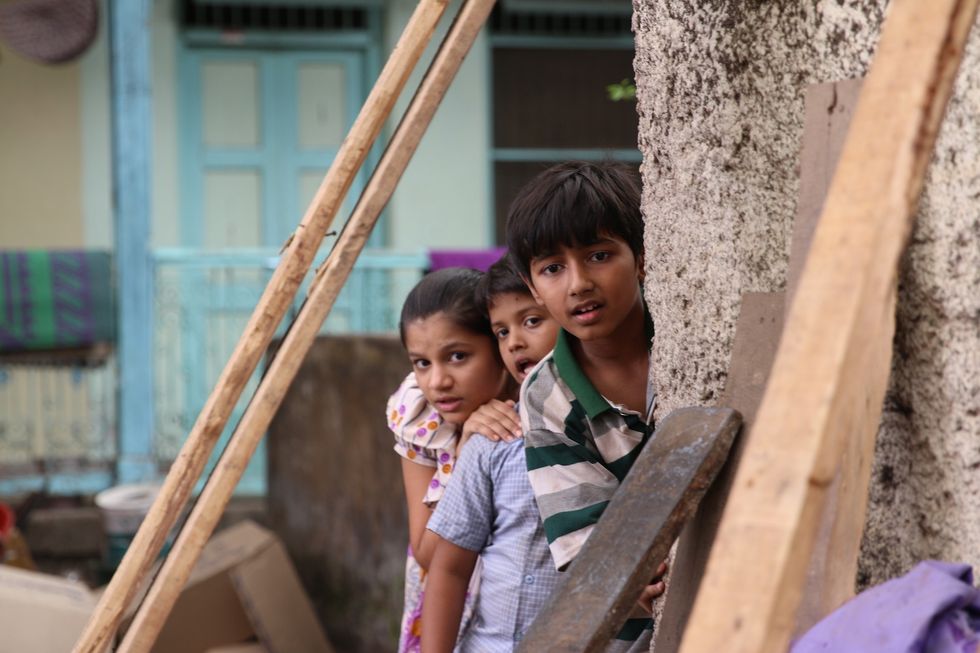
John Abraham keeps landing roles – but can he still deliver?
Headlining flop films as a solo hero has not stopped John Abraham from landing more Bollywood projects. The actor recently announced that he will star in a film based on the comic book Munkeeman, as well as a biopic inspired by the life of police officer Rakesh Maria. While Abraham can hardly be blamed for cashing in, the producers backing these ventures are certainly taking a risk – the star is clearly past his prime and no longer drawing significant audience attention.

Hina Khan’s wedding is a quiet symbol of unity in divisive times
The recent wedding of popular actress Hina Khan and her long-term partner Rocky Jaiswal carried a deeper meaning that many may have overlooked. At a time of rising communal division in India, this interfaith marriage between two high-profile individuals stood as a quiet but powerful symbol of unity. Hina also found her happily ever after following a difficult battle with cancer. The couple wore Manish Malhotra-designed outfits for their intimate ceremony and received warm wishes from well-wishers across the globe.

Shanaya Kapoor’s troubled debut raises red flags
It really does seem like newcomer Shanaya Kapoor is jinxed. After her initial film launch was shelved, she signed on for Aankhon Ki Gustaakhiyan opposite Vikrant Massey. Unfortunately for her, the teaser trailer for the romantic musical drama has generated very little buzz. She spends most of it wearing a blindfold in various scenes. As the daughter of flop actor Sanjay Kapoor, Shanaya may be heading towards a similarly underwhelming debut when the film releases on 11 July.
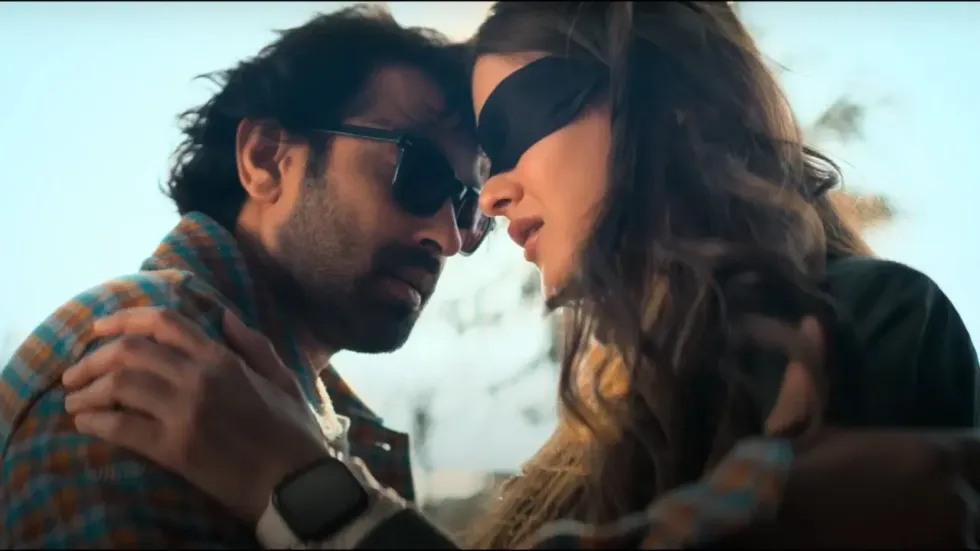
Pakistani female influencers face dangerous realities
Social media platforms like Instagram and TikTok have opened up new pathways for many individuals in South Asia to earn substantial incomes. While content creators in India have largely thrived, female influencers in Pakistan continue to face threats from right-wing extremists and stalkers. This was tragically illustrated by the recent murder of 17-year-old social media influencer Sana Yousuf, who was shot dead by a man after she rejected him. The incident is a chilling reminder of the dangers faced by female creators in the country, and highlights the urgent need for stronger protection and support. Many continue to pursue their work but must remain extremely cautious.

